
Noah Zatz is Professor of Law at the University of California, Los Angeles.
It seems like ages ago, but before the President starting telling NFL owners whom to fire, the big anthem story had been the failure of any NFL team to hire Colin Kaepernick out of free agency. Now that topic is back with Kaepernick filing a grievance against the NFL owners for colluding to keep him off the field. The grievance is based on the collective bargaining agreement between the players union and the owners, and so most analysis sensibly has focused on the application of the agreement. But what about his claims under the legal theories Ben and I have been discussing here, here, and here?
An interesting wrinkle is that Kaepernick’s protest started out solo and preceded the recent cycle of escalation. Thus, he was not initially engaged in concerted activity with other workers (what is protected by the National Labor Relations Act), nor was he addressing the prospect of employment discrimination against himself or other workers (what is protected by Title VII). Instead, it was a broad protest and act of conscience against the pervasive and persistent integration of racism into the national life of the United States, particularly with regard to police violence against African Americans.
These features might seem to distinguish Kaepernick’s case from what has come since. Players have both been echoing Kaepernick’s initial protest but also engaging in concerted defiance of the recent threats from owners and elected officials. Those threats implicate both the right to speak out at work generally and also the question of who can do so without being cast as “ungrateful.” The President’s recent threats and glorification of the “you’re fired” moment rest on a vision of workplace authoritarianism and racial hierarchy as alien to our labor and employment laws as they are familiar in his politics.
Upon reflection, though, this distinction between Kaepernick’s and the ongoing protests is of little consequence. That is because owners’ decisions about Kaepernick look forward, not just back. They appear to be thinking about what message they would send by signing him or not, a message not just to Kaepernick but to other players.
For Title VII purposes, the retaliation theory I outlined previously should apply to any refusal to sign Kaepernick affected by owners’ desire to influence the course of ongoing protests by other players. Assuming, as I said, that those protests are in part in opposition to the prospect that disciplining the protesting players would be tainted by employment discrimination.
Indeed, this argument presents a nifty application of the Supreme Court’s 2011 Title VII retaliation opinion in Thompson v. North American Stainless.
Step One: Refusing to hire Kaepernick can violate Title VII as a form of retaliation against other players, even if none of those other players are benched, suspended, or otherwise disciplined. Applying general principles (from Burlington Northern), Thompson held that action against a third party could constitute retaliation against an employee opposing discrimination if that action “could well dissuade a reasonable worker” from protected activity. Making an example of Kaepernick easily satisfies that standard based on how it operates against other players and their protected opposition activity.
Step Two: Even if Kaepernick himself did not engage in protected activity or if the owners’ response was not directed at that activity, he still has a cause of action under Title VII. That’s because the retaliation against other players (see Step One) materially injured him as well. Kaepernick is at least a third-party plaintiff who was injured (not hired) through employer conduct that violated someone else’s rights, namely the other protesting players’ rights against retaliation.
Title VII permits such claims when the third party’s injuries fall within the “zone of interests” protected by the statute. Kaepernick’s blacklisting easily meets this standard if he, another NFL employee, was targeted for exclusion precisely because of the connection between his conduct and that of other players. Thompson held that this suffices to render someone like Kaepernick a “person aggrieved” by an employer’s illegal action and therefore empowered to bring suit. That is true even if technically what made the employer conduct illegal was its impact on employees other than the plaintiff.




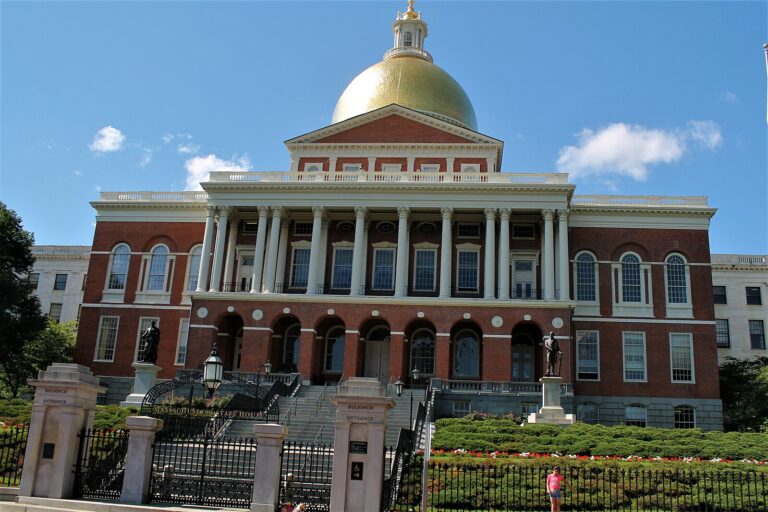
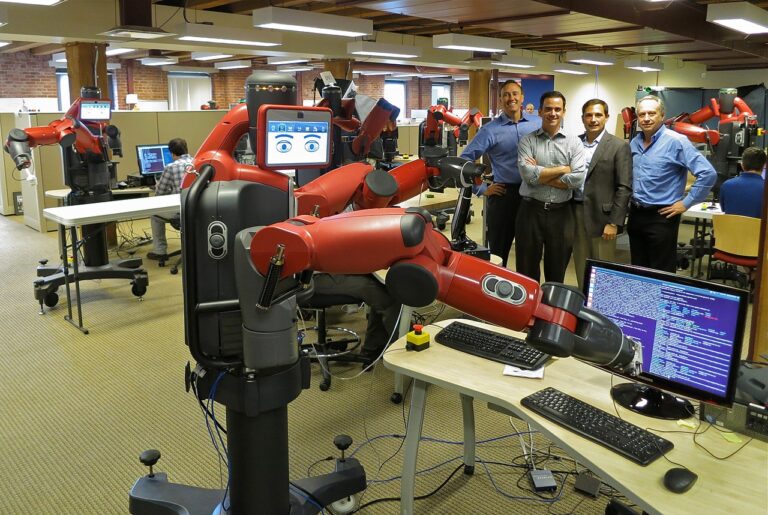
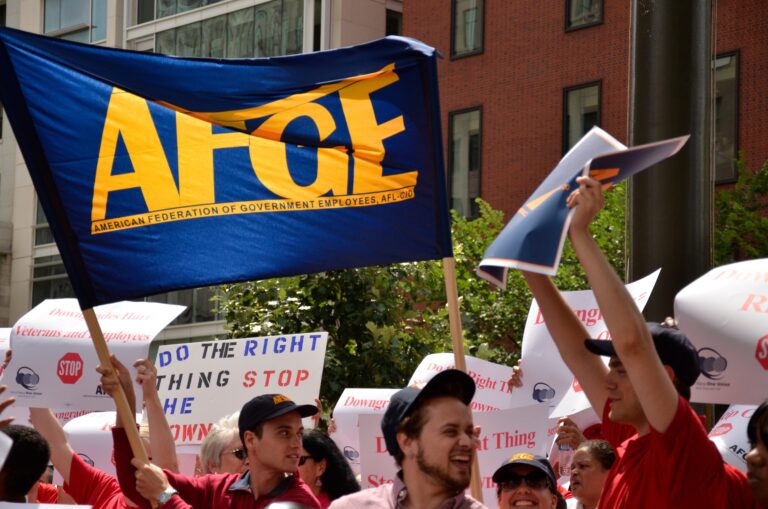
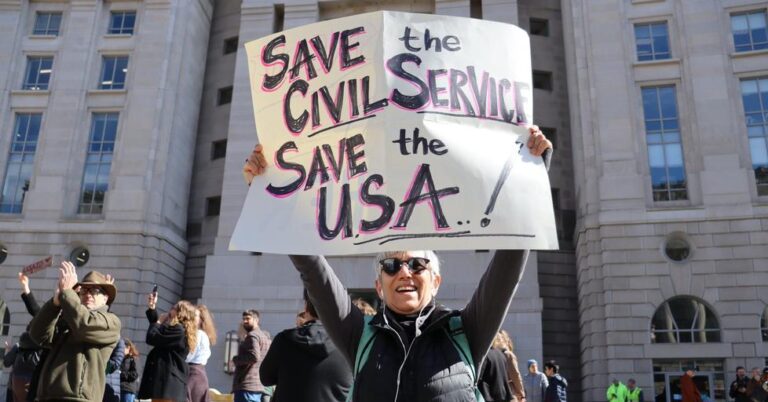
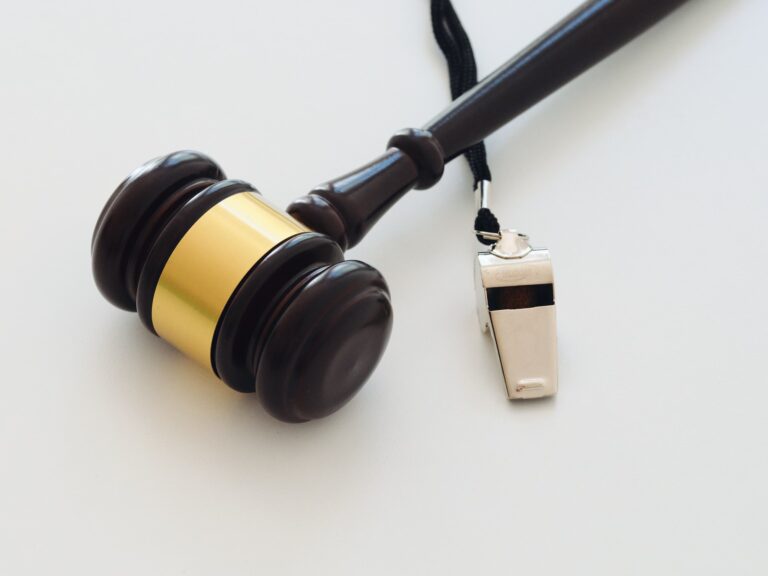
Daily News & Commentary
Start your day with our roundup of the latest labor developments. See all
December 5
Netflix set to acquire Warner Bros., Gen Z men are the most pro-union generation in history, and lawmakers introduce the “No Robot Bosses Act.”
December 4
Unionized journalists win arbitration concerning AI, Starbucks challenges two NLRB rulings in the Fifth Circuit, and Philadelphia transit workers resume contract negotiations.
December 3
The Trump administration seeks to appeal a federal judge’s order that protects the CBAs of employees within the federal workforce; the U.S. Department of Labor launches an initiative to investigate violations of the H-1B visa program; and a union files a petition to form a bargaining unit for employees at the Met.
December 2
Fourth Circuit rejects broad reading of NLRA’s managerial exception; OPM cancels reduced tuition program for federal employees; Starbucks will pay $39 million for violating New York City’s Fair Workweek law; Mamdani and Sanders join striking baristas outside a Brooklyn Starbucks.
December 1
California farmworkers defend state labor law, cities consider requiring companies to hire delivery drivers, Supreme Court takes FAA last-mile drivers case.
November 30
In today’s news and commentary, the MSPB issues its first precedential ruling since regaining a quorum; Amazon workers lead strikes and demonstrations in multiple countries; and Starbucks workers expand their indefinite strike to additional locations. Last week, the Merit Systems Protection Board (MSPB) released its first precedential decision in eight months. The MSPB had been […]